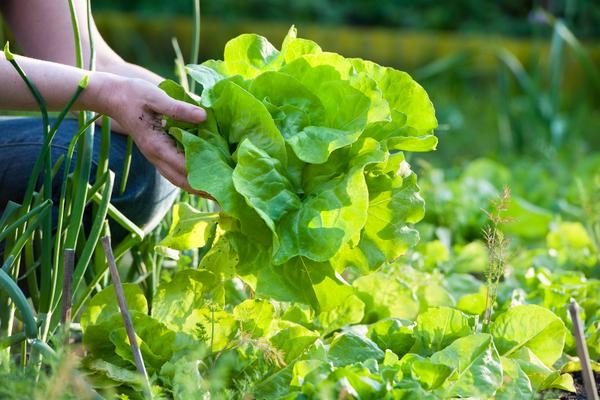
Creating a garden oasis is a rewarding endeavor that brings beauty, tranquility, and a touch of nature to your surroundings. Whether you’re a seasoned gardener or a novice, these tips will guide you in cultivating a thriving garden that becomes a sanctuary for both you and the local flora and fauna.
Planning and Design
Begin your garden journey with thoughtful planning and design. Consider the layout, sunlight exposure, and soil quality. Choose a variety of plants that complement each other in terms of color, height, and blooming seasons. A well-designed garden not only looks visually appealing but also promotes healthy growth.
Soil Preparation
Healthy soil is the foundation of a successful garden. Conduct a soil test to assess its composition and acidity. Amend the soil with organic matter, such as compost or well-rotted manure, to improve fertility and drainage. Well-prepared soil sets the stage for robust plant growth.
Selecting the Right Plants
Choose plants that thrive in your climate and soil conditions. Consider factors such as water requirements, sunlight, and space. Native plants are often well-adapted to local conditions and support local ecosystems. Incorporate a mix of flowers, shrubs, and trees for a diverse and dynamic garden.
Proper Planting Techniques
Pay attention to proper planting techniques to ensure the success of your garden. Follow recommended planting depths and spacing guidelines for each type of plant. Water newly planted specimens thoroughly and provide them with the care they need during their initial establishment period.
Watering Strategies
Effective watering is crucial for plant health. Establish a consistent watering schedule, preferably in the early morning or late afternoon to minimize water loss through evaporation. Use a soaker hose or drip irrigation to deliver water directly to the roots, promoting deep and efficient hydration.
Mulching Benefits
Mulching is a simple yet powerful practice in garden care. Apply a layer of organic mulch around plants to conserve moisture, suppress weeds, and regulate soil temperature. Mulching also enhances the visual appeal of the garden while providing a protective layer for plant roots.
Pruning and Deadheading
Regular pruning and deadheading help maintain the shape and health of your garden. Remove dead or diseased branches, spent flowers, and any overgrown or unwanted growth. Pruning encourages new growth and ensures that plants allocate their energy efficiently.
Attracting Wildlife
A thriving garden attracts more than just human admirers; it becomes a haven for wildlife. Plant nectar-rich flowers to attract pollinators like bees and butterflies. Provide shelter and water sources for birds. Creating a balanced ecosystem in your garden contributes to its overall vitality.
Sustainable Garden Practices
Embrace sustainable practices to minimize your garden’s environmental impact. Use organic fertilizers, practice water conservation, and consider composting kitchen scraps. Sustainable gardening not only benefits the environment but also enhances the long-term health of your garden.
Supporting Community Initiatives
As you embark on the journey to plant a garden, consider extending the positive impact beyond your backyard. Support community initiatives that promote green spaces, environmental education, and sustainable practices. Plant a garden not just for yourself but as a contribution to larger community and environmental goals.
In the joy of cultivating a garden oasis, remember that each plant is a part of a greater ecosystem. By following these tips and fostering a connection with nature, you’ll not only create a beautiful garden but also contribute to the well-being of the environment and your community.










